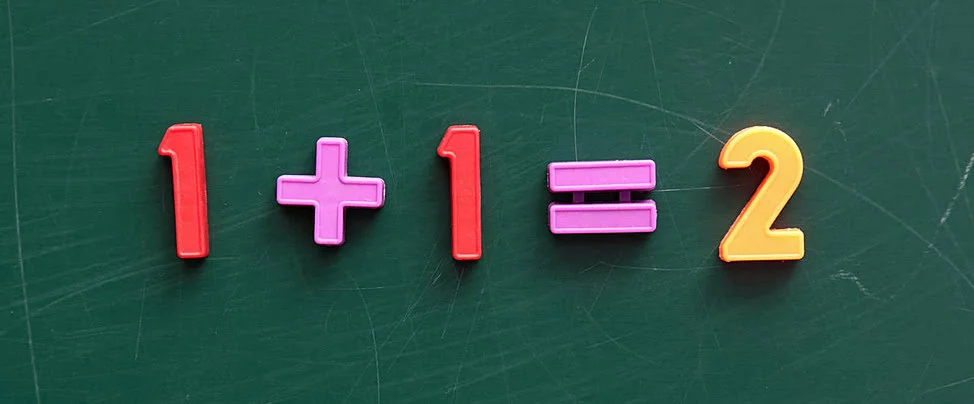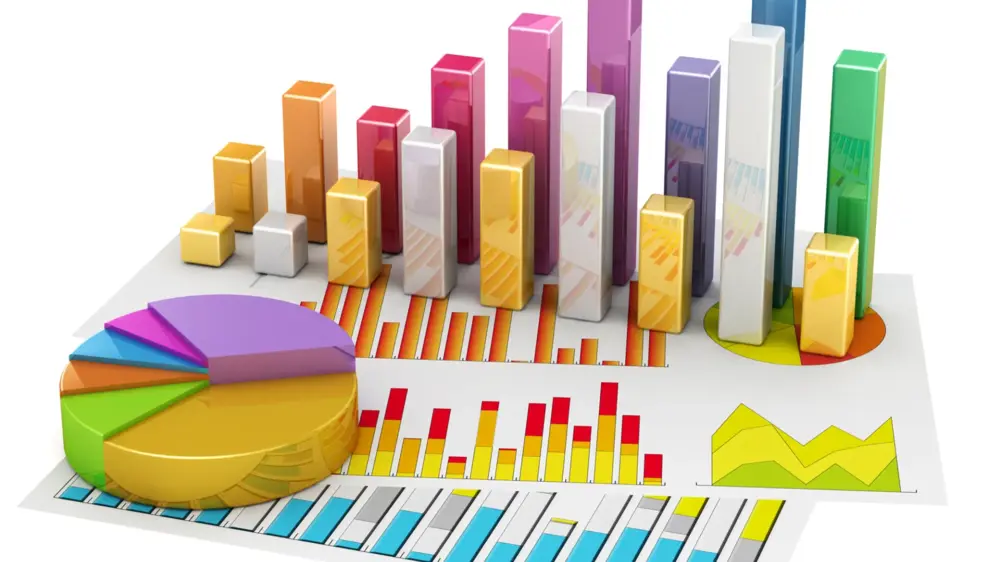Mathematics education plays a crucial role in shaping children’s cognitive development and problem-solving skills. It lays the foundation for analytical thinking and prepares them for future academic and professional pursuits.
In this article, we’ll delve into the fascinating relationship between coding and mathematics education. We’ll explore how coding serves as a powerful tool for reinforcing mathematical concepts and enhancing learning outcomes for kids.

Understanding the Connection
Mathematics and coding are deeply intertwined, with coding serving as a practical tool to reinforce and enhance mathematical concepts. Whether it’s arithmetic, algebra, geometry, calculus, statistics, or discrete mathematics, coding provides a hands-on approach to learning and applying these mathematical principles.

Coding and Arithmetic
Arithmetic lays the foundation for mathematical understanding, and coding can greatly assist in reinforcing these fundamental skills. For example, simple coding exercises involving addition, subtraction, multiplication, and division can help children grasp arithmetic concepts more effectively.

Coding and Algebra
Algebra introduces abstract concepts like variables, equations, and functions, and coding offers a practical avenue to explore and understand these ideas. Through coding, kids can solve algebraic equations, manipulate variables, and visualize mathematical relationships.
I’ve seen students excel in algebra after engaging in coding projects that involve solving algebraic puzzles and creating functions. By translating algebraic equations into code, kids can gain a deeper understanding of how variables and functions work together.

Coding and Geometry
Geometry comes to life through coding, allowing children to visualize geometric shapes and properties in a dynamic way. By coding geometric algorithms, kids can explore concepts like angles, polygons, and transformations. Personal anecdote: During a robotics workshop, I introduced a coding activity where students programmed a robot to navigate through a maze, requiring them to apply geometric principles to solve the challenge.

Coding and Calculus
Calculus, with its focus on rates of change and accumulation, may seem daunting to kids, but coding can demystify these concepts. Through coding simulations and visualizations, children can grasp calculus concepts like derivatives, integrals, and limits more intuitively. An example project involves coding a simple physics simulation to understand velocity and acceleration.

Coding and Statistics
Statistics play a crucial role in data analysis, and coding provides a powerful toolkit for exploring and analyzing data. Through coding, kids can perform statistical calculations, create visualizations, and draw insights from data sets. Student can use Python to analyze different type of data such as sports data as a real-world application. By coding statistical models, kids can gain a deeper understanding of probability and data interpretation.

Coding and Discrete Mathematics
Discrete mathematics deals with countable structures and relationships, and coding offers a platform to explore concepts like combinatorics, graph theory, and logic. By coding algorithms for graph traversal or solving combinatorial problems, kids develop critical thinking and problem-solving skills. An engaging activity involves coding a Sudoku solver or a maze-solving algorithm. Through coding, kids can explore abstract mathematical concepts in a tangible way, fostering a deeper understanding of discrete mathematics.

Python in Mathematical Problem-Solving
Python, a versatile programming language, serves as an excellent tool for mathematical problem-solving. Its simplicity and readability make it accessible to kids, allowing them to implement mathematical algorithms and explore mathematical concepts. Whether it’s writing scripts to solve equations or creating interactive visualizations, Python enhances mathematical understanding through coding.
In conclusion, coding has a profound impact on various types of mathematics education for kids, enhancing their understanding and proficiency in arithmetic, algebra, geometry, calculus, statistics, and discrete mathematics. By integrating coding into mathematics curriculum, we can inspire children to explore mathematical concepts in a dynamic and engaging way, paving the way for future success in both coding and mathematics. As parents and educators, let’s continue to nurture children’s curiosity and creativity through the exciting intersection of coding and mathematics.
I like the comprehensive information you provide in your blog. The topic is kinda complex but I’d have to say you nailed it!